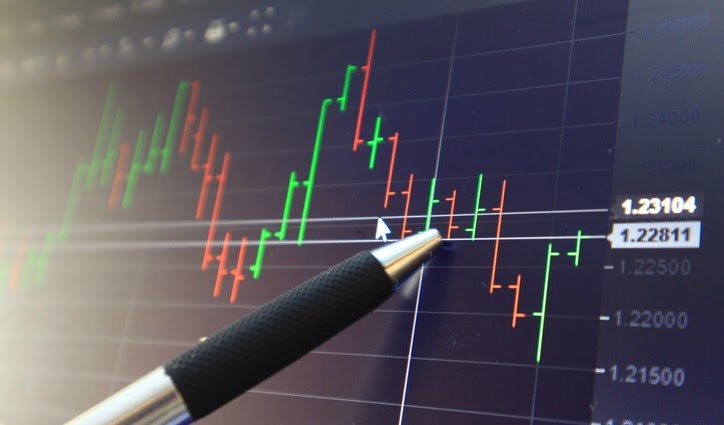Introduction:
In the world of financial markets, the term “architecture” holds great significance. While often associated with buildings and structures, in the context of trading, architecture refers to the design, infrastructure, and framework that underlies trading systems and strategies. This article aims to provide a comprehensive understanding of what architecture in trading entails and its importance in achieving market efficiency.
Defining Trading Architecture:
Trading architecture encompasses the entire system of hardware, software, networks, and processes that facilitate the execution of buy and sell orders in financial markets. It involves various components such as trading algorithms, execution platforms, connectivity, data feeds, and risk management systems, all working together harmoniously to optimize trading activities.
Key Elements of Trading Architecture:
- Trading Algorithms: These are automated mathematical models that generate trading signals to buy or sell assets based on predefined criteria. Architects design and implement these algorithms to execute trades efficiently and accurately.
- Execution Platforms: These platforms provide interfaces for traders to connect with markets, submit orders, and receive trade confirmations. They are designed to process high volumes of orders swiftly while ensuring minimal latency.
- Connectivity: Reliable and low-latency networks are vital for transmitting trade orders and receiving market data. Trading architecture must integrate seamlessly with exchanges, brokers, and other market participants to maintain uninterrupted connectivity.
- Data Feeds: Real-time market data is crucial for making informed trading decisions. Trading architectures must efficiently handle and process vast amounts of market data to quickly identify trading opportunities and execute trades accordingly.
- Risk Management Systems: These systems play a critical role in minimizing potential losses and ensuring compliance with regulatory requirements. Robust risk management practices, including pre-trade risk checks and position monitoring, are integral components of trading architecture.
Importance of Trading Architecture:
- Efficient Execution: Well-designed trading architectures facilitate fast and accurate trade execution, reducing the risk of slippage and maximizing profitability.
- Scalability: With robust architecture, trading systems can handle increased trade volumes without compromising efficiency, allowing for scalability and growth.
- Performance Optimization: Architecture plays a crucial role in optimizing trading performance by minimizing latency, implementing efficient algorithms, and leveraging sophisticated technology.
- Risk Mitigation: Properly designed architecture incorporates risk management mechanisms that help traders monitor and control their exposure effectively, minimizing potential losses.
- Technological Advances: Trading architectures need to adapt to evolving technologies and market dynamics. This flexibility allows traders to leverage innovations such as high-frequency trading, artificial intelligence, and machine learning algorithms.
Conclusion:
Trading architecture serves as the backbone of modern financial markets, providing the infrastructure and framework necessary for efficient and effective trading operations. A well-designed architecture ensures reliable connectivity, efficient data processing, and robust risk management, all contributing to increased market efficiency. As technology continues to advance, architects must keep pace with innovations to ensure their trading architectures remain cutting-edge and adaptable to changing market conditions.

